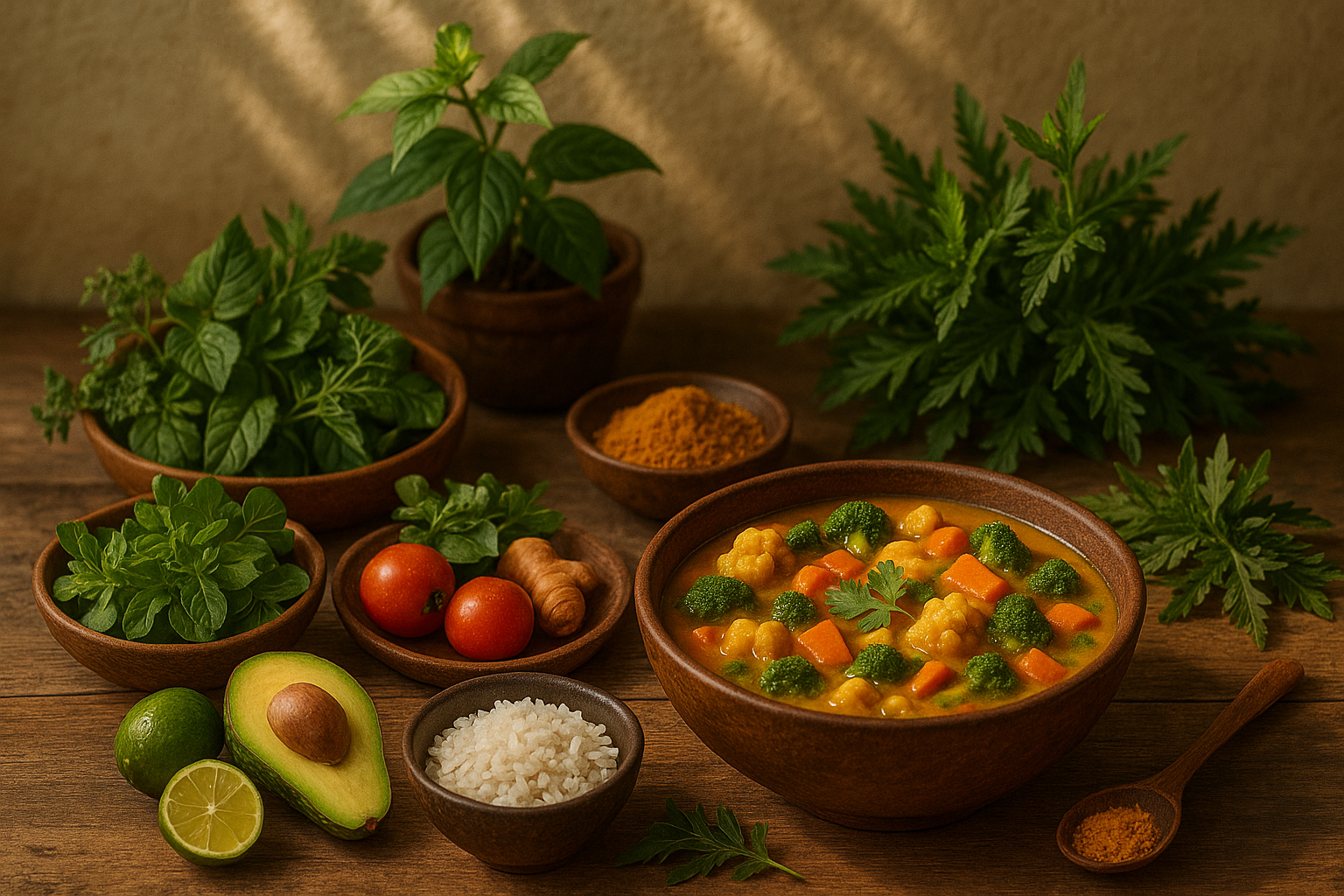The deep causes of human suffering in Ayurveda go beyond symptoms or surface-level issues. This ancient science of life teaches that disease begins when we are disconnected from our true nature. In the Ayurvedic view, body, mind, and spirit are deeply intertwined, and imbalance in one affects the whole. Illness, then, is not accidental—it is a sign that we are living out of harmony.
Forgetting Who We Are: The Root of Suffering
Ayurveda teaches that our essence is pure, balanced, and aligned with the rhythms of the universe. However, through conditioning, fears, and unprocessed emotions, we forget this essence. We begin to identify only with the body or mind and ignore the deeper self. This forgetting creates confusion, emotional pain, dissatisfaction, and, eventually, physical illness.
When Our Daily Life Causes Imbalance
Our daily habits—what we eat, how we think, how we rest—either support or disturb our natural constitution, known as prakriti. When our choices go against this constitution, the doshas (Vata, Pitta, and Kapha) fall out of balance. At first, the signs are subtle: fatigue, irritability, or digestive discomfort. If left unaddressed, these grow into full-blown diseases.
Ayurveda calls us to listen carefully to the body’s whispers before they become screams. Awareness is the first medicine.
Avidya: The Spiritual Cause of Suffering
One of Ayurveda’s central teachings is that suffering stems from avidya—spiritual ignorance. Avidya is not simply lack of knowledge. It is a deep misperception: believing that we are separate from the universe, that happiness is external, and that we are only what we see in the mirror. This illusion leads to choices that increase pain and disconnection.
Healing begins with remembering who we are—not learning something new, but returning to inner truth.
The First Step Toward Healing: Self-Knowledge
Before recommending herbs or routines, Ayurveda asks: Who are you? What is your prakriti (natural constitution)? What is your vikriti (current imbalance)? What emotions or thoughts dominate your life?
This process of self-inquiry is essential. Without it, any healing effort is like sailing without a compass. True wellness comes from aligning our actions with our nature.
Healing Is a Way of Life
Healing, in Ayurveda, is not a quick fix. It is a lifelong practice. Every action is part of the medicine: the food we eat, the way we breathe, how we sleep, how we love, and how we live. Harmony with nature, mindfulness, and gratitude form the path back to balance.
Illness as a Message, Not a Curse
From this perspective, illness is not punishment—it is guidance. The body and spirit are calling for attention, asking us to slow down, reflect, and realign. Understanding the deep causes of human suffering in Ayurveda empowers us to take responsibility for our health and begin walking the path of healing.

